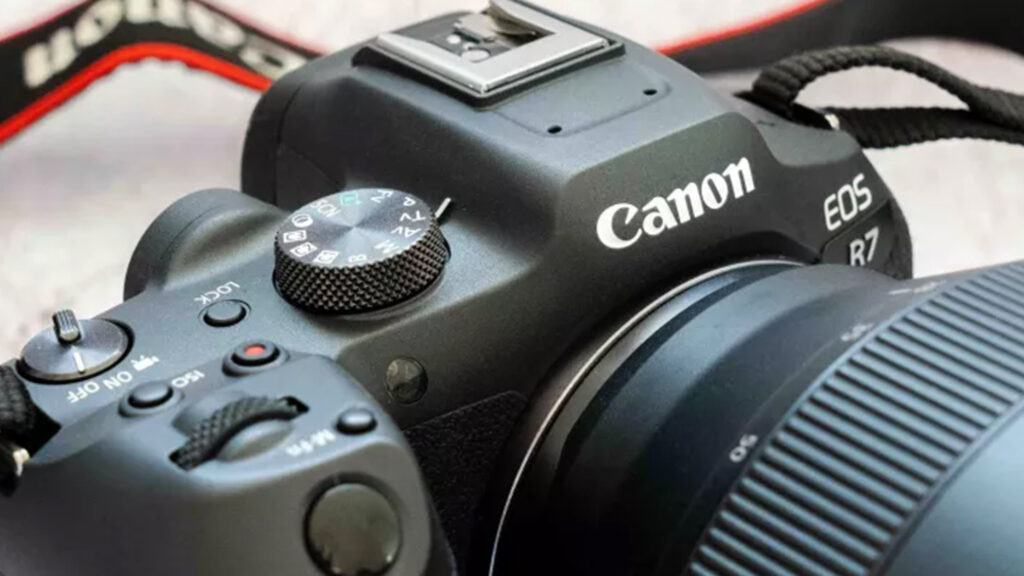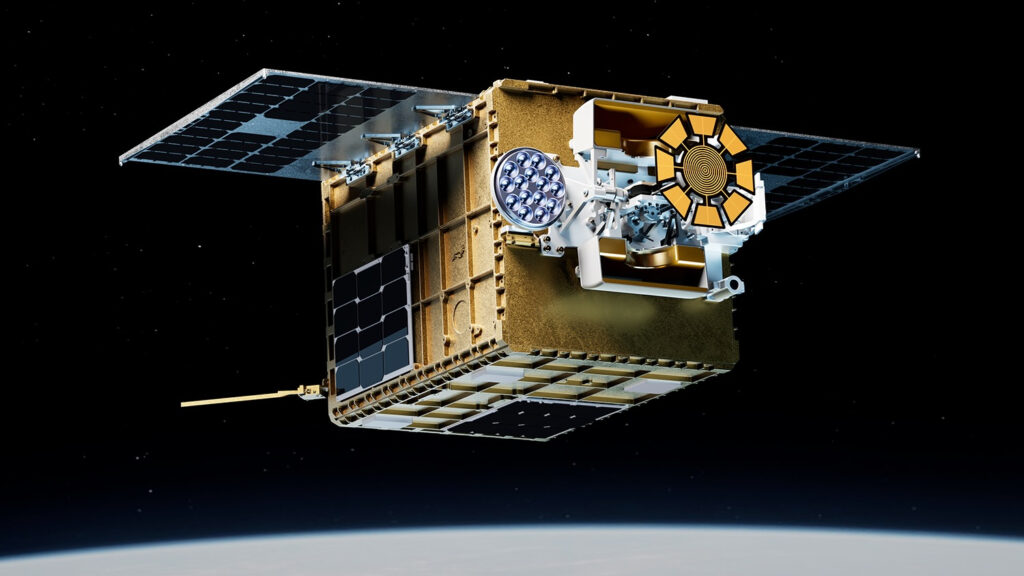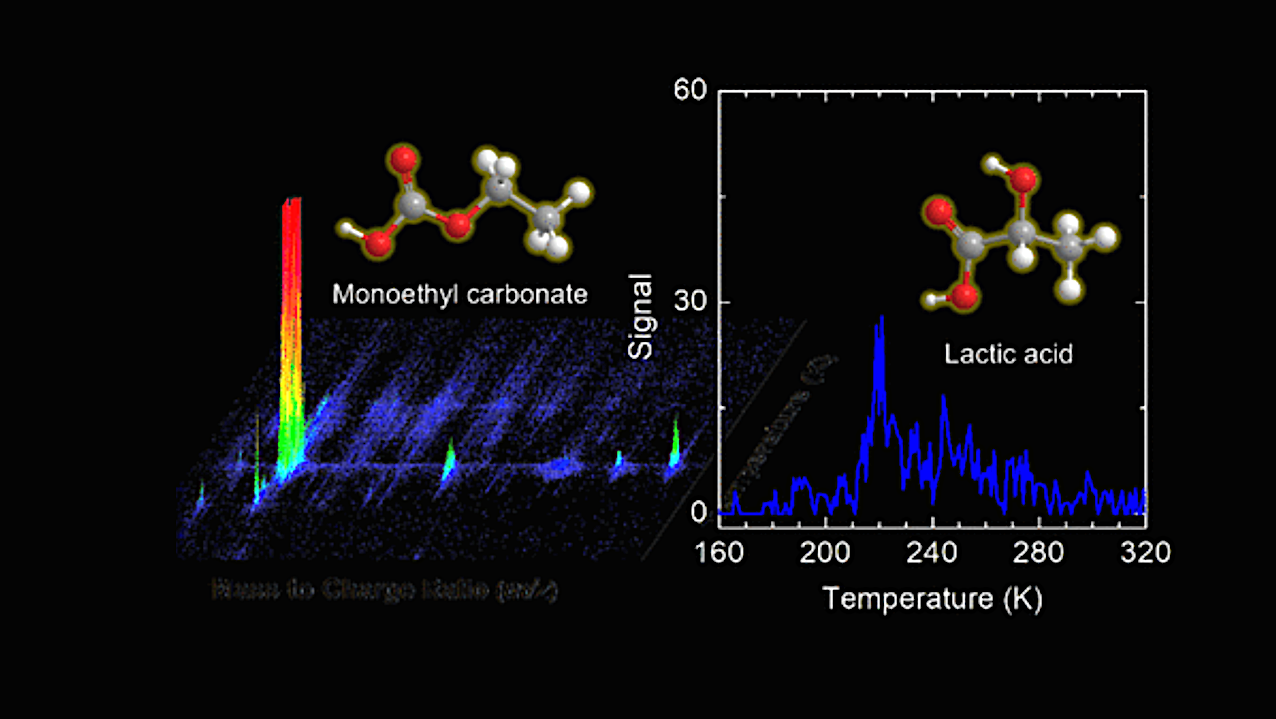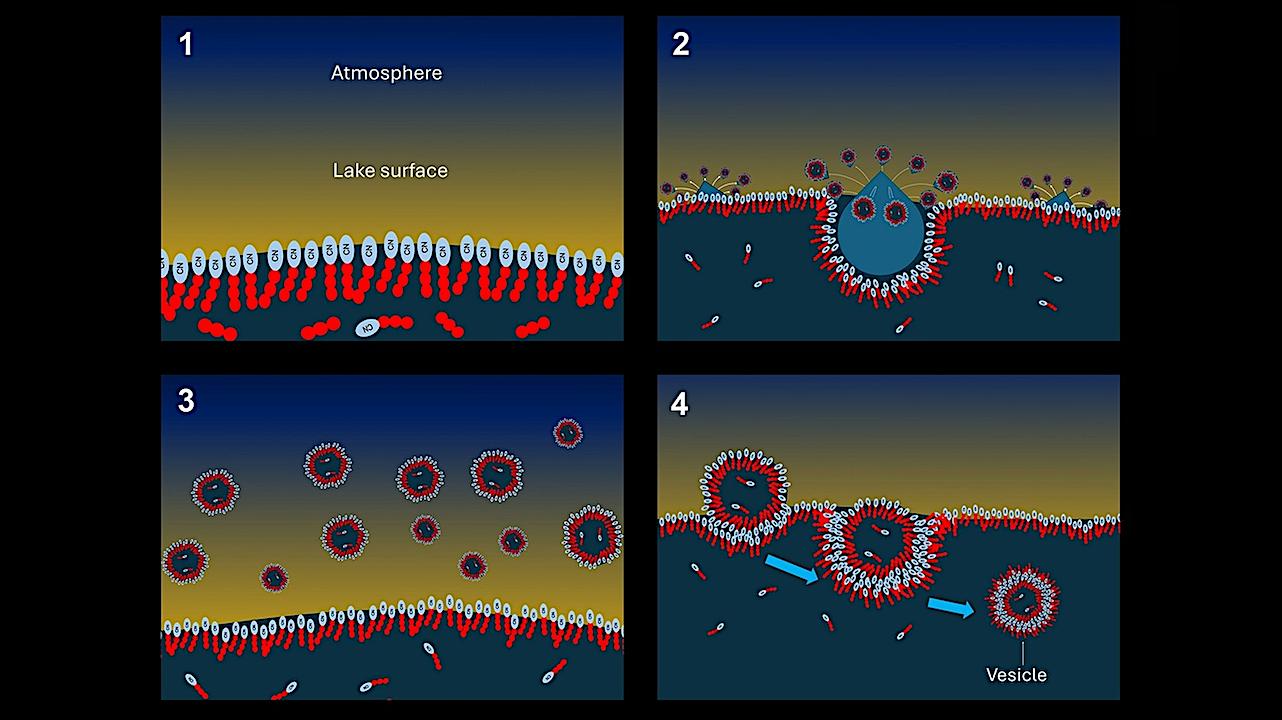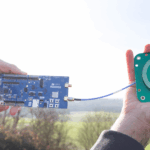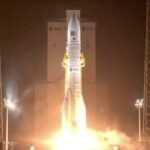Now Reading: Saturn’s largest moon Titan casts a colossal shadow in breathtaking amateur portrait (photo)
-
01
Saturn’s largest moon Titan casts a colossal shadow in breathtaking amateur portrait (photo)
Saturn’s largest moon Titan casts a colossal shadow in breathtaking amateur portrait (photo)
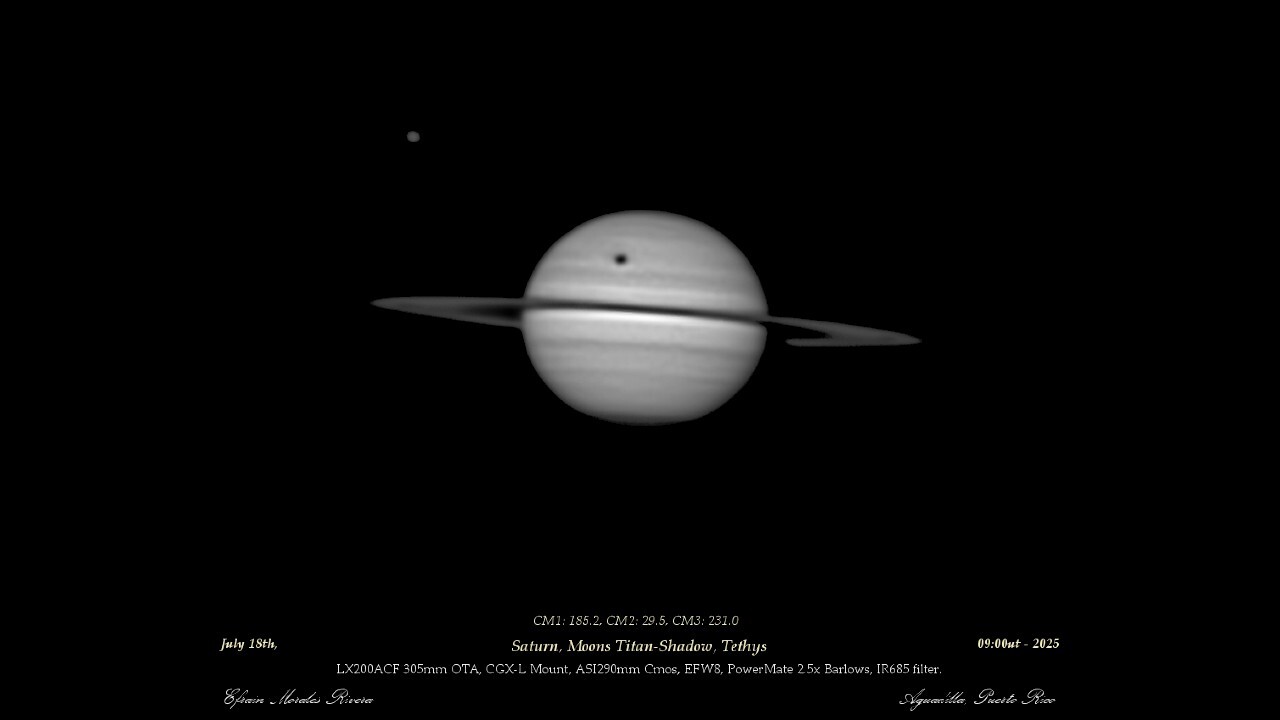

Amateur astronomer Efrain Morales captured a breathtaking image of Titan’s shadow sweeping across Saturn’s cloud tops during a rare transit event on July 18 earlier this year.
Once every 15 years, Saturn‘s rings align edge-on with Earth, heralding the onset of a spectacular series of shadow transits as the large moon Titan passes between the gas giant’s cloud surface and our parent star. Even at a distance of 846 million miles (1.36 billion kilometers), Titan’s shadow is so vast that it can be seen from Earth with the correct telescopic equipment, making these transits must-see events for amateur astronomers.
Morales was able to capture one such shadow transit at 5:13 a.m. (0913 GMT) on July 18 using a 12-inch aperture telescope In conjunction with a CMOS astronomy camera and peripheral imaging aids. The image reveals Titan’s vast shadow darkening the massive cloud bands above Saturn’s sweeping ring system.
“On this day, I was fortunate to have ideal conditions due to the Saharan dust aerosols in the Puerto Rico region and I accumulated several sessions on this grand event,” said Morales in an email to Space.com.
Despite appearances, the moon pictured to the upper left of Saturn in Morales’ image isn’t Titan at all, but rather the smaller moon Tethys, which was orbiting behind the gas giant from the perspective of Earth at the time of the transit. The amateur astrophotographer also imaged the transit using a set of red, green and blue astronomy filters to create a more colorful view of the Saturnain system.
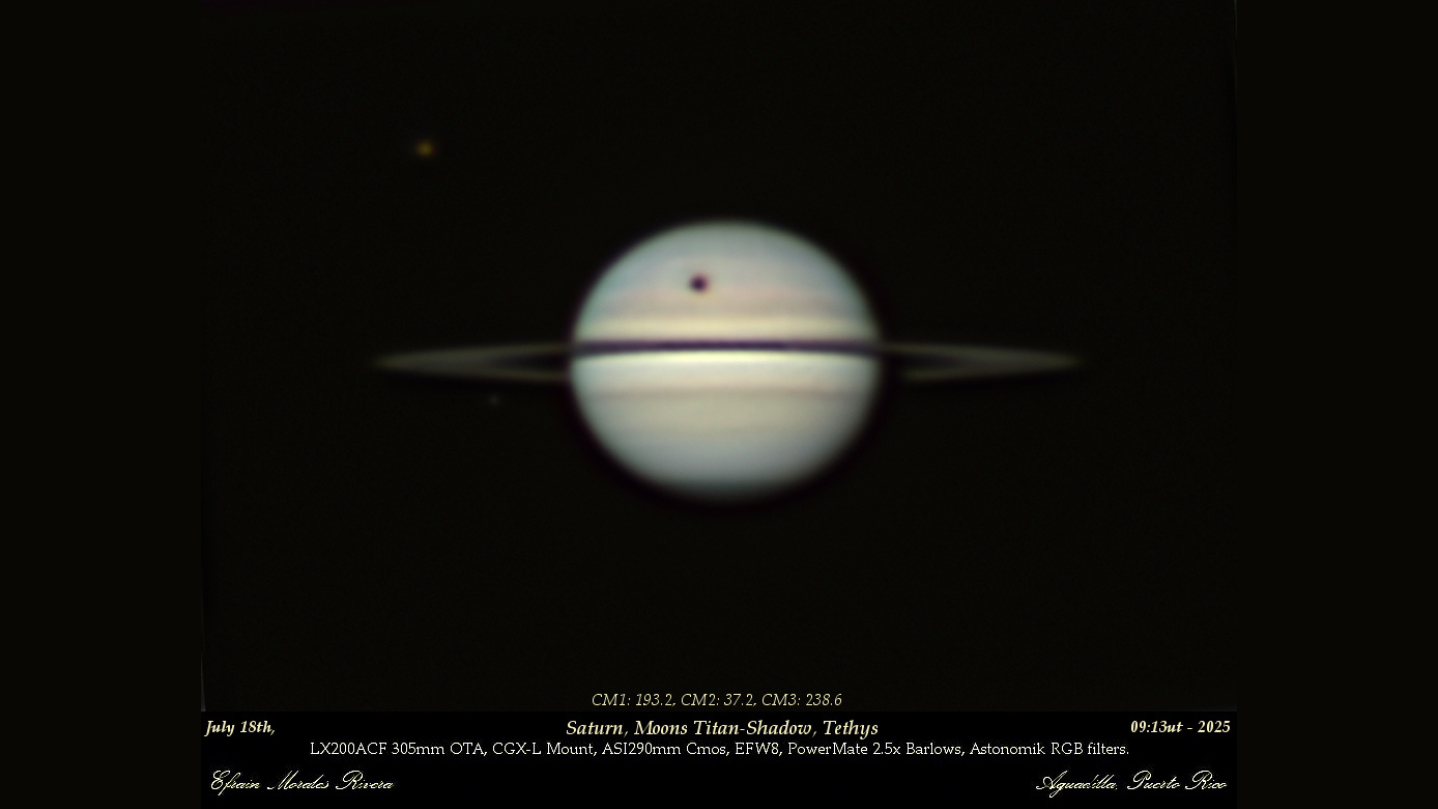
When is the next Titan shadow transit?
Stargazers will get another five opportunities to see Titan’s shadow sweep across Saturn’s cloud tops before the transit season comes to an end. The next shadow transit will begin at 2:25 a.m. (0625 GMT) on Aug. 3, with the final event due to occur on Oct. 6.
It’s possible to spot Titan’s shadow darkening Saturn using a telescope with an aperture of 4 inches at around 200x magnification, though a larger scope will provide a much clearer view, according to veteran meteorologist and Hayden Planetarian guest lecturer Joe Rao.
|
Date |
Start |
End |
|
Aug 3 |
2:25 a.m. |
7:04 a.m. |
|
Aug 19 |
1:52 a.m. |
6:00 a.m. |
|
Sept 4 |
1:25 a.m. |
4:50 a.m. |
|
Sept 20 |
1:09 a.m. |
3:34 a.m. |
|
Oct 6 |
1:32 a.m. |
Row 5 – Cell 2 |
“Larger instruments will provide more light-gathering capability and potentially better resolution,” Rao told Space.com in an email. “An 8-inch telescope at 200-power or a 10-inch telescope at 250 power should provide a good view of Titan’s shadow, especially on a night of good seeing.”
Stargazers hoping to witness a Titan shadow transit for themselves should read our roundup of the best telescopes for exploring the solar system. Astrophotographers looking to capture their own unique images of the cosmos should check out our guides to the top cameras and lenses for astrophotography.
Editor’s Note: If you capture an image of a Titan shadow transit and want to share it with Space.com’s readers, then please send your photo(s), comments, and your name and location to spacephotos@space.com.
Stay Informed With the Latest & Most Important News
-
 012024 in Review: Highlights from NASA in Silicon Valley
012024 in Review: Highlights from NASA in Silicon Valley -
 02Panasonic Leica Summilux DG 15mm f/1.7 ASPH review
02Panasonic Leica Summilux DG 15mm f/1.7 ASPH review -
 03From Polymerization-Enabled Folding and Assembly to Chemical Evolution: Key Processes for Emergence of Functional Polymers in the Origin of Life
03From Polymerization-Enabled Folding and Assembly to Chemical Evolution: Key Processes for Emergence of Functional Polymers in the Origin of Life -
 04How New NASA, India Earth Satellite NISAR Will See Earth
04How New NASA, India Earth Satellite NISAR Will See Earth -
 05And Thus Begins A New Year For Life On Earth
05And Thus Begins A New Year For Life On Earth -
 06Astronomy Activation Ambassadors: A New Era
06Astronomy Activation Ambassadors: A New Era -
07SpaceX launch surge helps set new global launch record in 2024













